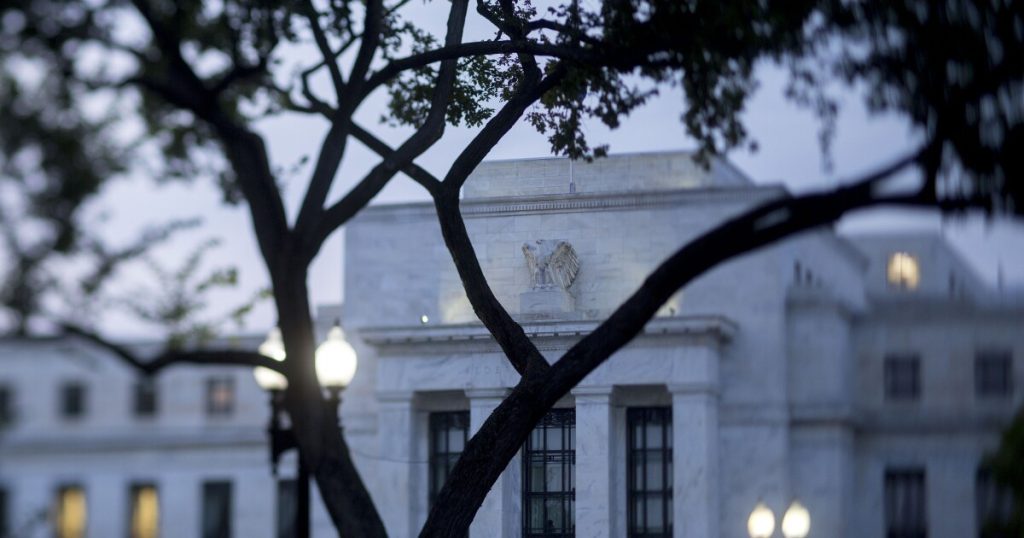Andrew Harrer/Bloomberg News
But community banks
To the untrained eye, relief for community banks might look like lowering the minimum thresholds for the CBLR or Basel III capital ratios that define a “well-capitalized” institution. But the written rules aren’t the problem. In fact, most community banks would welcome the chance to operate at those minimums — or might even find them uncomfortably low.
In practice, capital adequacy for community banks is governed by unwritten rules. These expectations are applied bank by bank, and they consistently exceed the written minimums. Examiners expect each institution “to hold capital commensurate with the nature and extent of the risks to which the bank is exposed.”
That principle makes sense. Past downturns — especially the 2008 financial crisis — revealed that certain risk profiles warrant higher capital buffers. Banks with construction and CRE concentrations, for example, have historically shown greater vulnerability. It’s reasonable that they should hold more capital. The question is: How much more?
Herein lies the problem. Since 2008, regulatory expectations around capital adequacy have been uneven. Examiner philosophies vary by region, experience and supervisory culture. In some cases, regulators have long relied on informal “rules of thumb.”
Consider one unspoken but widely acknowledged example in the industry: a regional office of a federal agency that routinely instructs banks with CRE concentrations to maintain a minimum leverage ratio of 10%. This blanket expectation is applied with little regard for nuance. A bank with decades of CRE lending experience, disciplined underwriting that kept it from overreaching during the riskier 2021–22 period, minimal exposure to office space, strong earnings, and limited reliance on wholesale funding should not be held to the same capital requirement as another bank with a CRE concentration but none of those stabilizing traits.
Many banks feel that no matter how much capital they hold, it’s never enough for their regulators. The problem with arbitrary thresholds is that they’re based on the lowest common denominator bank. In other words, regulators often treat banks as “guilty until proven innocent” when it comes to capital adequacy.
This is where common ground is possible. If regulators shift their posture to “innocent until proven guilty,” community banks could enjoy meaningful and deserved relief — without any changes to the written rules under CBLR or Basel III.
The onus, then, should be on each bank to define its own capital requirements — including how far above the written minimums it believes is appropriate. These requirements should be quantified, supportable, independently validated, and refreshed regularly to reflect shifts in the bank’s risk profile or external environment.
Community banks that challenge examiner expectations or CAMELS ratings without a defensible framework have little ground to stand on. But those that do the work — those that build and substantiate their own capital adequacy case — deserve to shift the burden of proof back to the regulators. This approach offers meaningful relief to banks that earn it, provides regulators the assurance they need and avoids swinging the pendulum too far in the other direction.

